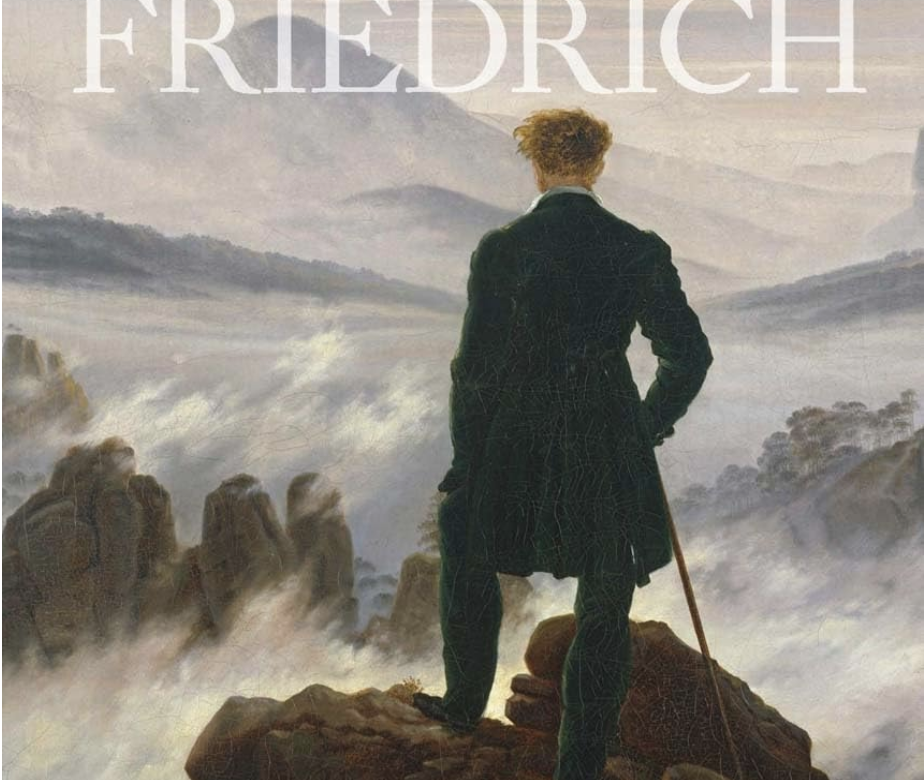
Caspar David Friedrich: “The Soul of Nature” at the Met – A Journey into Romantic Sublime
I remember learning about Romanticism in both Literature and Visual Arts in High School (a long, long time ago, now). I was hooked. I went deeper during my time at UCLA, where both the fun half of my double major (ie, the French part) along with my minor in European Studies, meant a lot of Art History courses. (And one French Opera course… La Bohème, anyone?).
During my time in Paris, I visited many, many art exhibits during and soaked in the Romanticism but I never saw Caspar David Friedrich’s main work, “Wanderer above the Sea of Fog”. This was mainly because it was on permanent display at the Hamburg Museum of Art in Germany and I never made it to Hamburg from Paris.
During my Architecture History class during my Master’s, there it was. The professor put it up on the projector (power point) and the whole class gasped in the dark. “Wanderer above the Sea Fog” captured everything any one of us has ever thought or felt. The awe you feel confronted with nature, the abyss, one’s life choices. The helplessness knowing you don’t stand a chance. The desire to take a step closer into the fog, the storm, the wind, the waves, the cliff. This painting captured it all.
Visitors to The Metropolitan Museum of Art in New York have the special opportunity to view Friedrich’s vision with the exhibition, Caspar David Friedrich: The Soul of Nature, until May 11, 2025. The show collects some of his most celebrated masterpieces, offering a look into his world of misty seas, lonely monasteries and the singular figure gazing into the abyss.
*Please note this post contains links that by clicking, at no cost to you, I may earn a very small commission to keep bringing my readers content on Art, Architecture and Cultural Travel. Thank you!
The Life and Inspiration of Caspar David Friedrich
Born in 1774 in Greifswald, Germany (Sweden at the time), Friedrich grew up along the Baltic coast and was therefore influenced by the beautiful and sweeping landscapes of the region. This was combined with a tragedy early in his life when he lost his mother at age seven. Soon after, he watched his brother drown. These incidents profoundly impacted him and the core themes of his art.
Friedrich was able to study at the Copenhagen Academy of Fine Arts, where he was trained in traditional techniques but eventually developed his own style. In his mid-20’s, he moved to the German city of Dresden, where he became fully invested in the Romantic movement, which at the time included visual art, literature, nature and intense introspection and spirituality.
So many things inspired Romanticism but in Germany, it especially included Germanic folklore and Lutheran (Protestant) spirituality. Combined with the fascination with Nature, in contrast to the rapidly developing urbanization thanks to the Industrial Revolution, these feelings would create a place for the reverance of the Sublime, and in particular how it could be a way to enlightenment.
His work often featured vast, ethereal landscapes, fog-shrouded mountains, and lone figures contemplating the infinite, all imbued with a profound sense of melancholy and transcendence.
“Wanderer above the Sea of Fog”, Friedrich’s Most Iconic Work
The defining image of the Romantic movement, “Wanderer above the Sea of Fog” features a solitary man standing atop a mist-covered peak. The viewer only sees him from the back, as he stares out to a vast and simultaneously beautiful but possibly terrifying landscape. The tableau captures both human vulnerability and existential contemplation, themes that run through not only Friedrich’s work but many other Romantic artists of the time. Would nature be kind or deadly? For Friedrich, landscapes became metaphors for life, death and the unknown.
Symbolism was used throughout, such as barren trees for mortality, fog as the limits to human understanding and architectural ruins as reminders of the passage of time and humans inability to be immortal. His use of symbolism in particular and the themes of his work were what would become the exploration of the sublime.
The French Roots of Romanticism
Romanticism emerged in the early 1800’s following the bloody French Revolution, a period that witnessed a steep decline in the influence of institutional religion and in particular Catholocism. The Revolution particularly targeted the Church and led to the secularization of society. Napoleon would later restore some of the religious traditions but the overall effect was to shift the balance of power to the state. In response, many Romantic artists looked to personal spirituality, mysticism and the sublime in nature as a way of exploring deeper questions around the meaning of life.
Romanticism carried on in France. Victor Hugo, infused his novels “Les Misérables” and “The Hunchback of Notre-Dame” with themes of redemption, fate and moral transcendence reflecting the Romantic belief in the individual’s spiritual journey. And as “Gothic Revival” and “Neo-Gothic” architecture began to appear as Architecture’s answer to Romanticism, Victor Hugo vociferiously championed a complete renovation of the Notre Dame de Paris after the total looting and destruction by the revolutionaries.
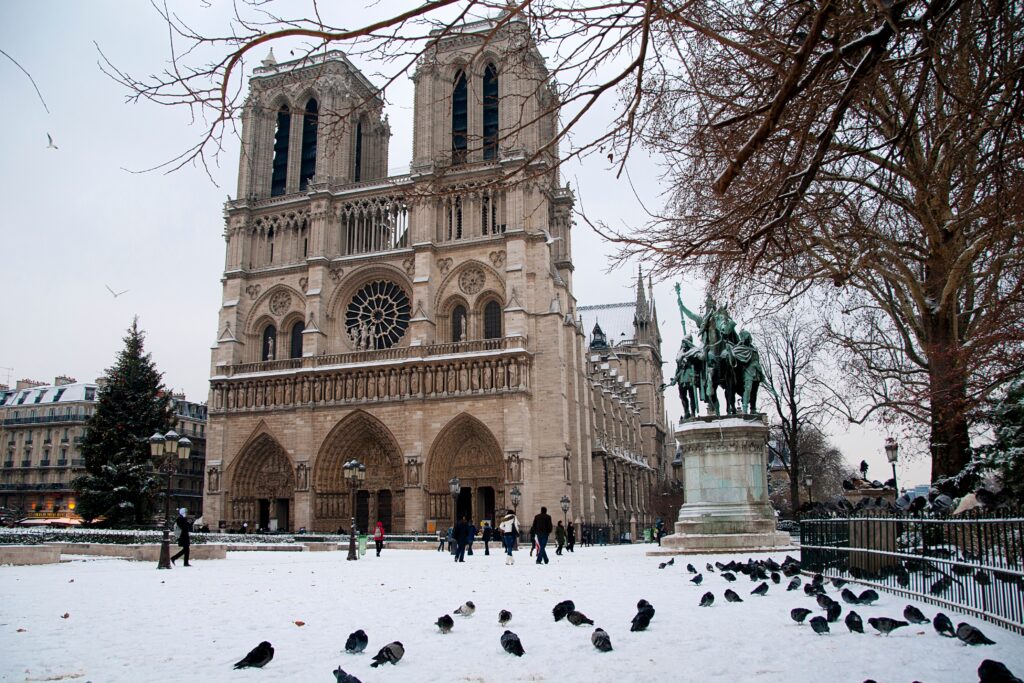
Eugène Delacroix was a pivotal figure in French Romanticism, with his bold use of color and dramatic compositions such as “Liberty Leading the People” (1830, at the Louvre) and “The Death of Sardanapalus” (1827, Louvre). Théodore Géricault was also a French Romantic artist whose intense and emotive works like “The Raft of the Medusa” (1818-1819, Louvre) romanticized an actual event, a shipwreck and highlighted human suffering and political injustice.
Romanticism in Architecture
Romanticisim in Architecture manifested itself in the picturesque and Gothic Revival styles across Europe and America. An iconic example is the Neuschwanstein Castle in Germany, a complete fairy-tale structure commissioned by King Ludwig II in 1869, which reflected a later Romantic obsession with medievalism and fantasy rather than the core Romantic period.
In France, the Mont-Saint-Michel became a symbol of Romantic imagination in the 19th century, as Romantic artists and writers admired its dramatic island setting, middle-ages architecture and the sublime combination of the isolated island, the sea and sky. Artists like J.M.W Turner captured its ethereal presence in his works. The Strawberry Hill House in England, created by Horace Walpole were key in the Gothic Revival Movement. The Smithsonian Institution Building in Washington D.C. reflect the Romantic ideals of grandeur, history and a bigger role of nature in built spaces.
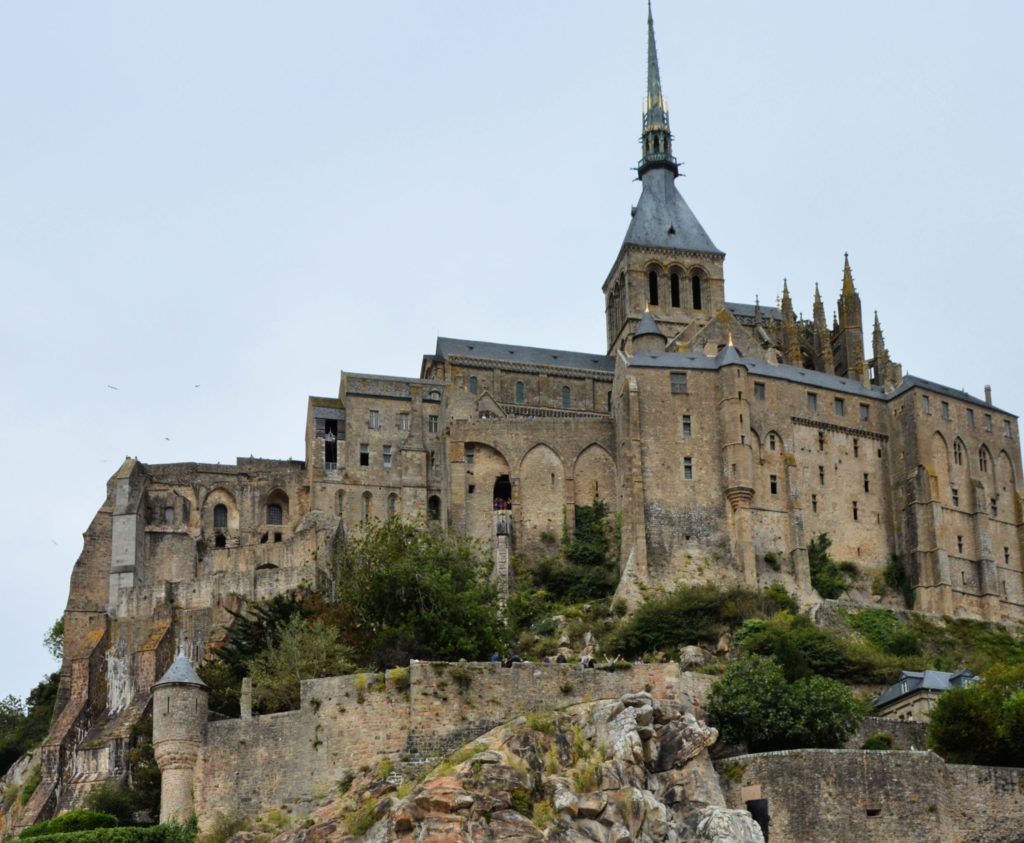
Romanticism in Landscape Design
One of the most dramatic influences the Romantic movement had was on landscape design, which really led to the English Romantic Garden, which emphasized natural, picturesque settings over the rigid formalism of previous garden styles, like those at Versailles. The movement transformed the English countryside as strict geometry was thrown aside and replaced with sweeping, rolling lawns, meandering paths and carefully placed groves of trees. Inspired by these designs, the French adapted the style, blending Romantic naturalism with their own classical traditions, as seen in gardens like the Parc des Buttes-Chaumont in Paris.
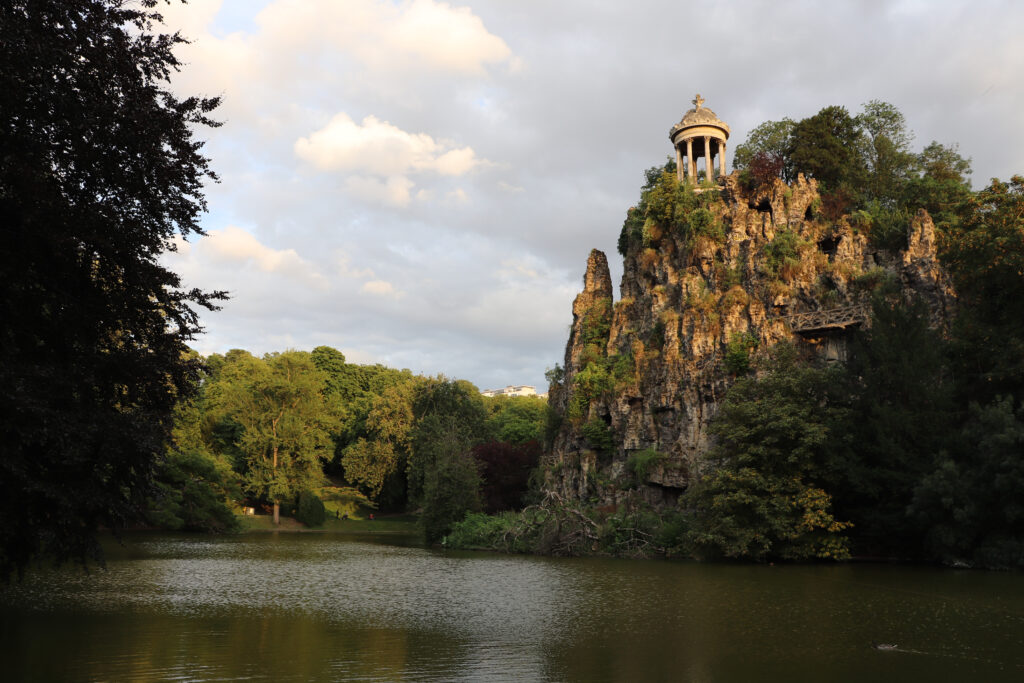
Conclusion
Caspar David Friedrich’s artistic contributions, particularly “Wanderer above the Sea of Fog” define Romanticisim’s enduring themes of the awe-inspiring power of nature, spirituality and individual contemplation and what it means to face the sublime. His influences reached across disciplines from literature to architecture to contemporary art. Whether you are a longtime admirer of the Romantic period or are seeing Friedrich for the first time, his works offer a glimpse of the sublime, the power of nature and human introspection.
How to See Caspar David Friedrich: The Soul of Nature at the Met
The show is only on display until May 11, 2025. Tiqets offers Skip the Line tours of the Met Museum.
Can’t Make it? Exhibit Catalogue Available Here:
Click here or on the image to get your catalogue through Amazon:
Interested in Researching More about Romanticism?
This was an artistic period so full of creativity and beautiful art – from authors to painters to architects to landscape designers. It makes one wonder what was in the water of that time. Here is a very short selection of some of the most renowned works (paintings, books, buildings, gardens) from a time that revered the sublime:
Hotels Near the Metropolitan Museum of Art in New York
Please scroll the map to find a place to stay near the Metropolitan Museum of Art.
Need a Flight to New York?
Need Help Planning Your Trip? Check out my Certified Fora Travel Adviser profile here.
If you enjoyed reading this, you may enjoy the following:
Exploring the Kimbell Art Museum: A Masterpiece of Art and Architecture
Lebbeus Woods drawings, “Ecologies” at Friedman Benda Gallery in Los Angeles
How to Make the Most of Just 24 Hours in Florence, Italy
The Ideal 3-Day Rome Itinerary: Iconic Landmarks, Food & Culture
La Fondation Maeght: Art and Architecture in the South of France
Frank Gehry’s “Experience Music Project” Building in Seattle, Washington (now MoPoP)
Passionate about Paris’ Fondation Louis Vuitton: a ‘Magnificent Vessel’
Perched Above the Desert: The Cree House by Albert Frey
The Vienna Secession Building and Gustav Klimt’s “Beethoven Frieze”

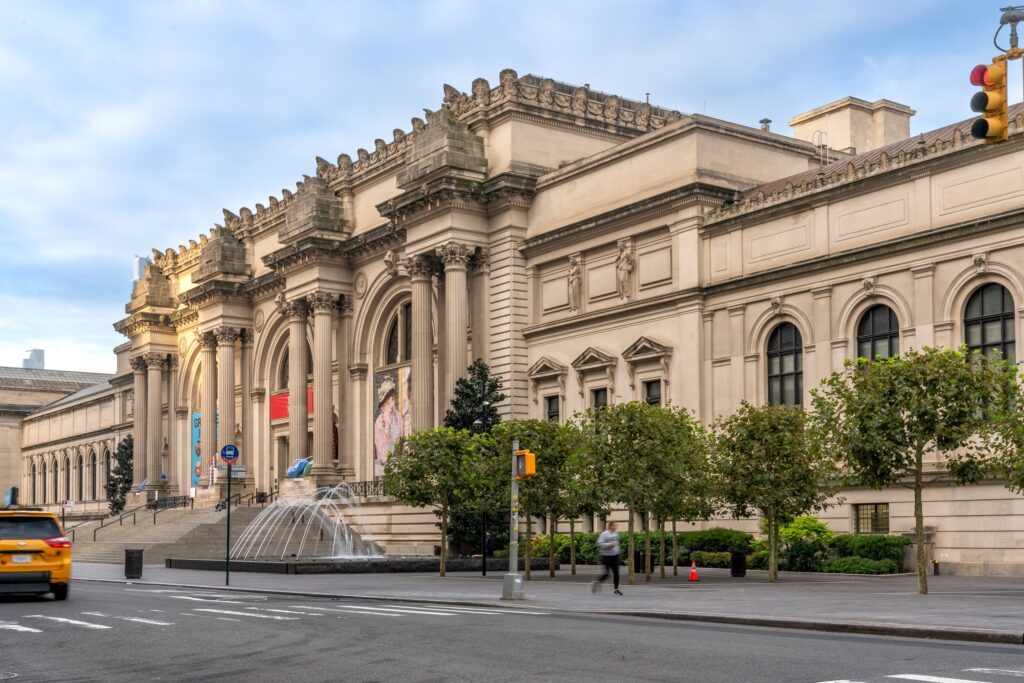
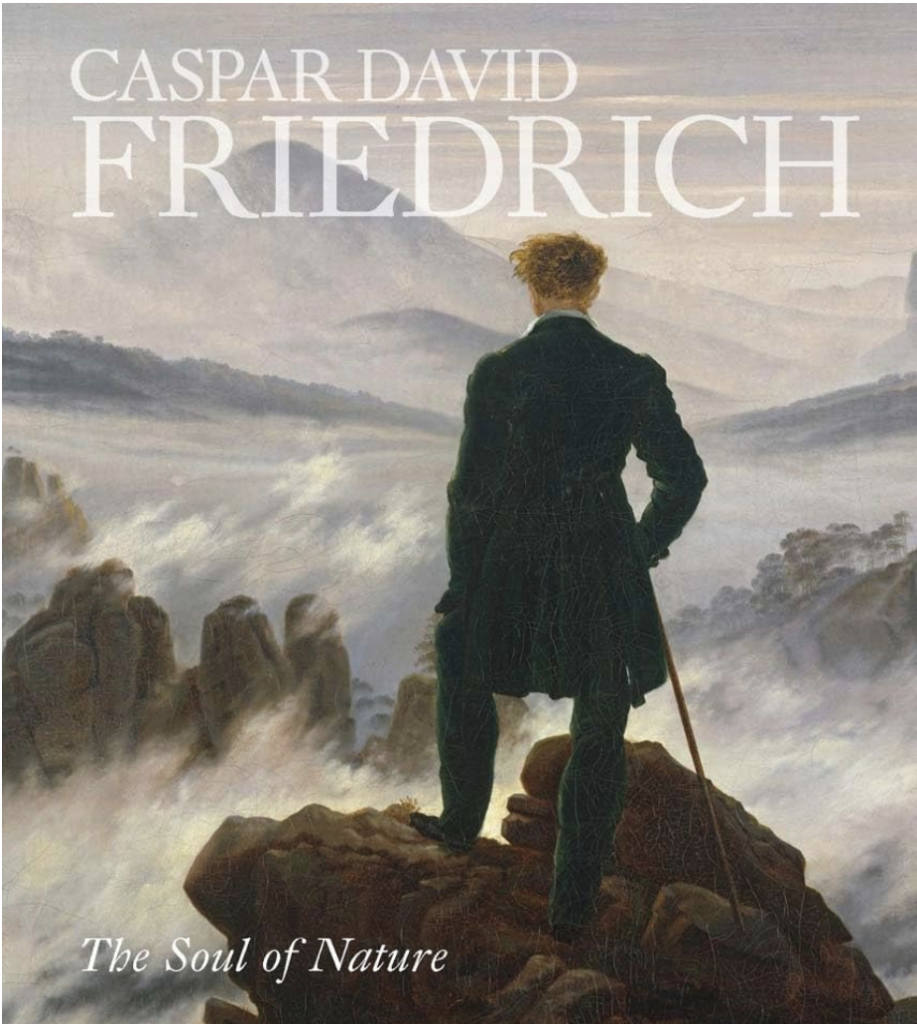
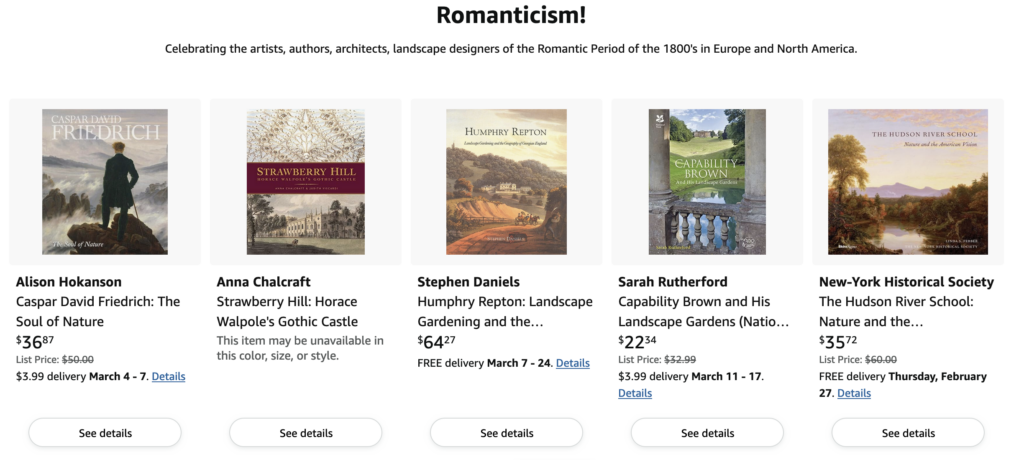
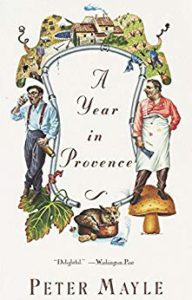
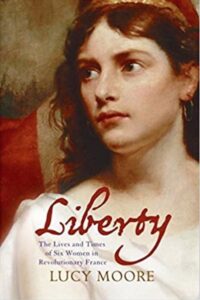

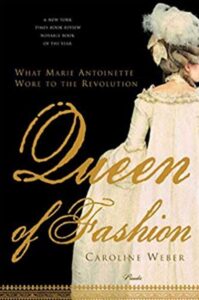
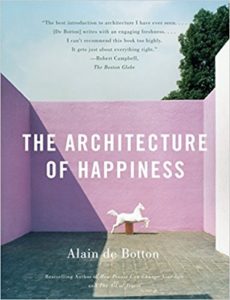

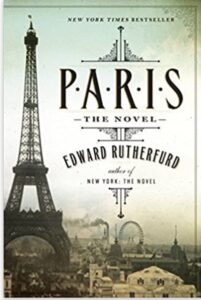
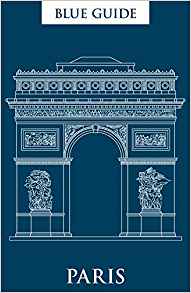
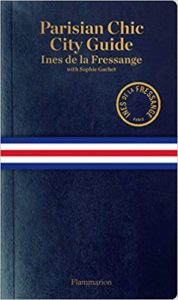
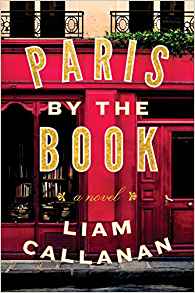
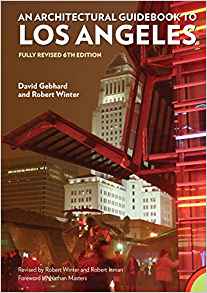

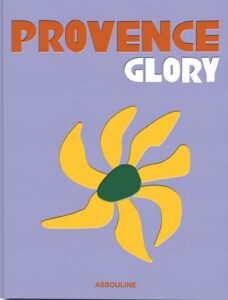
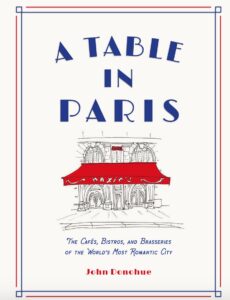

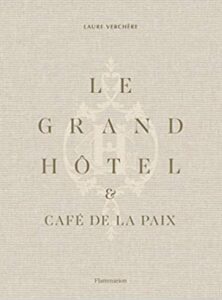
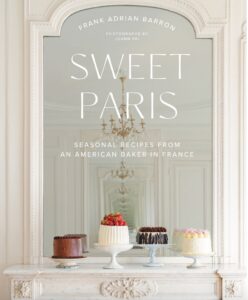
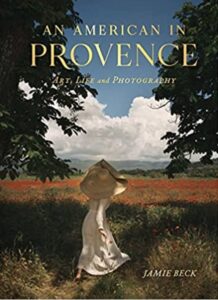
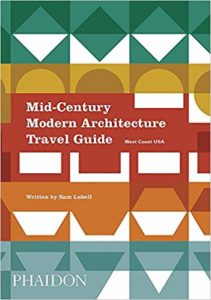
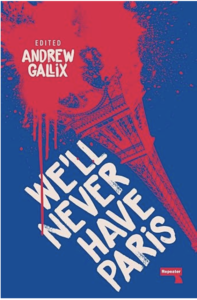
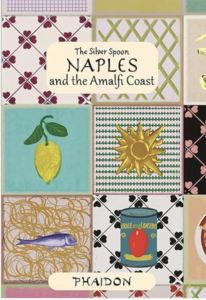

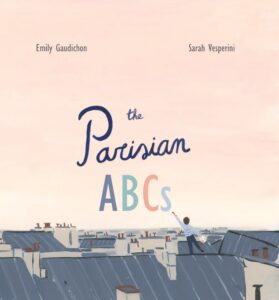


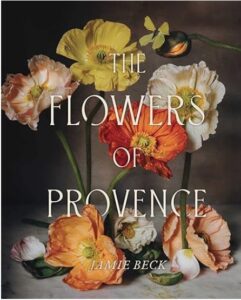

Leave a Reply